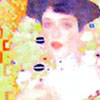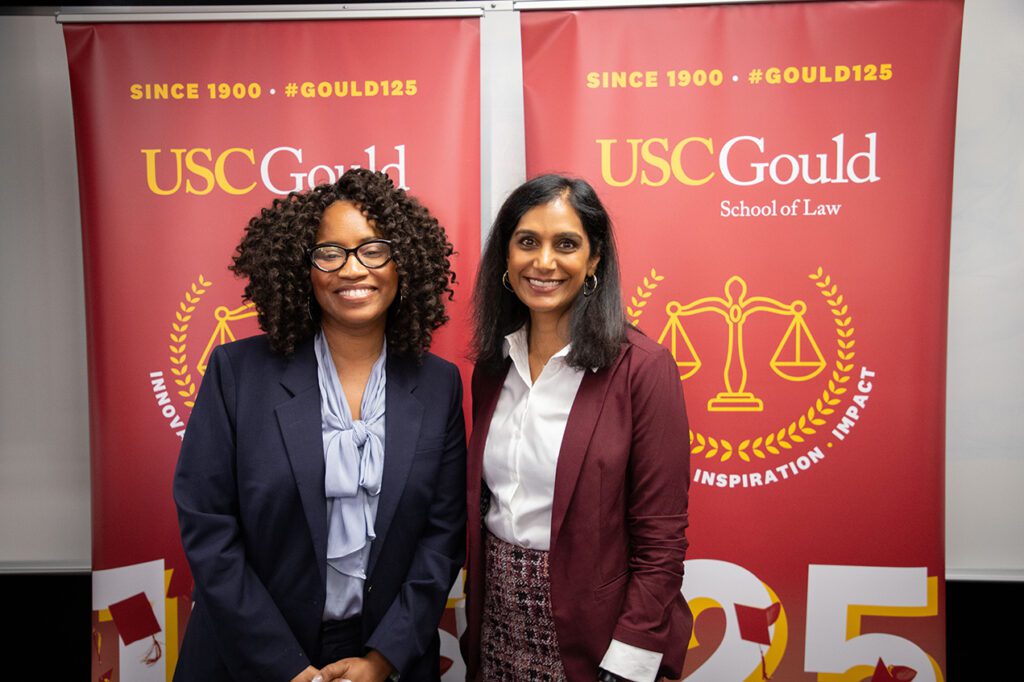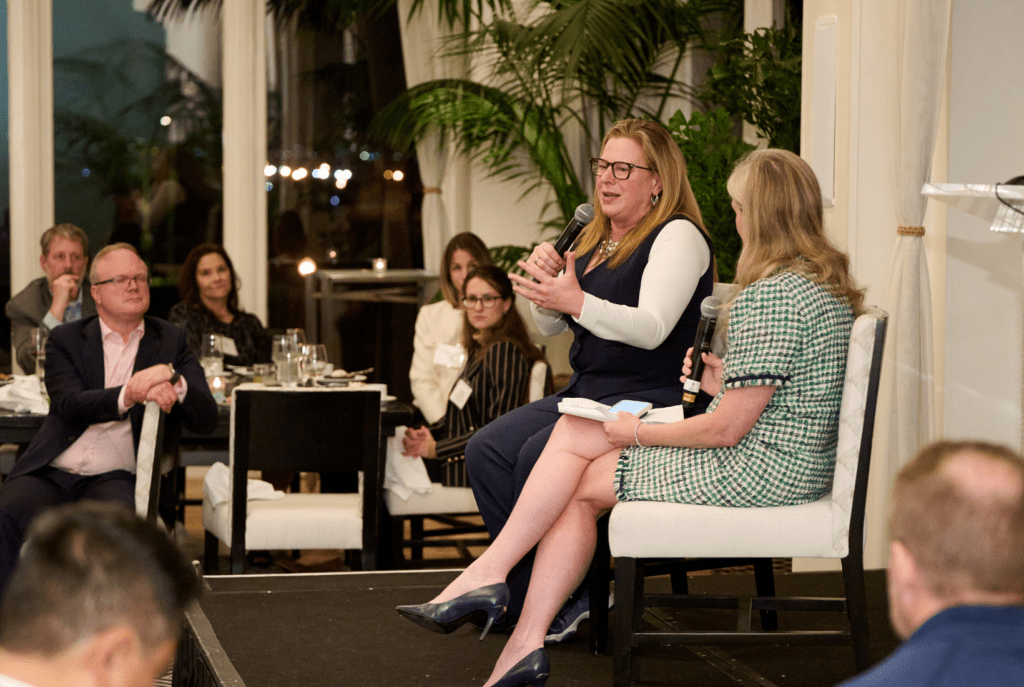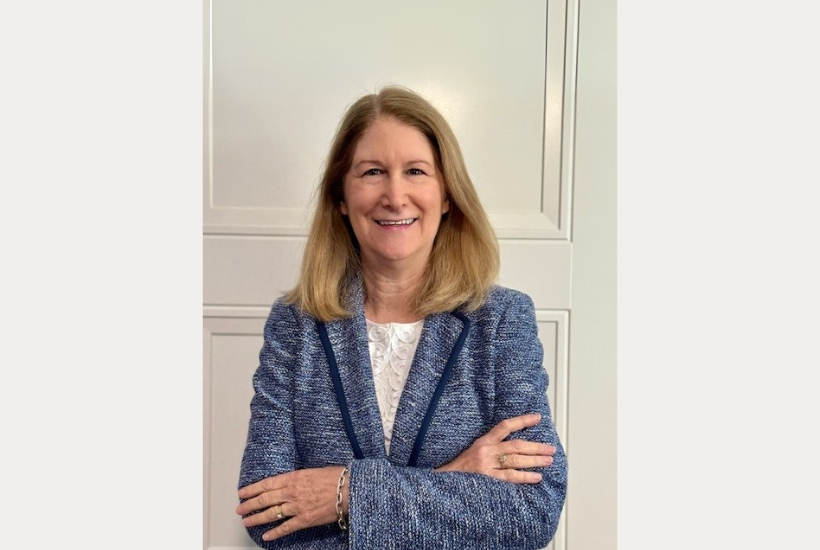Litigator Randy Schoenberg ’91 teaches new Art Law course
-By Lori Craig
When USC Law launched its Art Law course this spring, at the head of the classroom was an alumnus whose professional achievements speak for themselves.
E. Randol Schoenberg ’91, a litigator who is Of Counsel and co-founding partner of Burris, Schoenberg & Walden, has argued before the United States Supreme Court, won multi-million-dollar settlements pertaining to Nazi-looted art and litigated a number of prominent cases, including Republic of Austria v. Altmann, in which five Nazi-looted Gustav Klimt paintings valued at more than $325 million were returned to their rightful owner, Los Angeles resident Maria Altmann. As a result of that case, Schoenberg has become an expert on looted art and the recovery of property stolen by Nazi authorities during WW II.
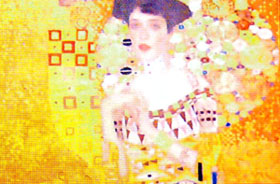  |
| Gustav Klimt's "Portrait of Adele Bloch-Bauer I" |
Schoenberg now carries the title of USC lecturer in law. The school initiated the Art Law course at the request of a group of art-minded students who in 2009 formed the Art Law Society. Schoenberg was asked to teach, and he was interested.
“I’ve learned a lot about my area of law, but I’d never taught before,” he said. “I’d toyed with the idea, but when your alma mater asks you to come back, it’s kind of an honor, and it’s been great.”
More than 20 students enrolled – an unusually high number for a first-time offering. Each week, Schoenberg covered one to two topics related to art law, using compelling cases to illustrate the concepts. He projected onto the whiteboard behind him images of the artwork relating to the case as he discussed subjects including authentication and forgery, copyright, auction houses, galleries and dealers, taxes, charitable contributions and title to looted and stolen art.
Schoenberg’s lectures were infused with anecdotes from his own cases.
“As a litigator, you have a particularly sound understanding of published opinions because litigation is where they come from,” Schoenberg said. “Having that experience and knowing how appellate opinions come about gives me a good perspective on how to teach from the cases.”
Alongside art law, Schoenberg also taught the realistic aspects of litigation. For example, while examining copyright infringement based on a case brought by an artist whose work appeared on a major network drama, Schoenberg pointed out that the plaintiffs in such cases almost never win any money.
“All over the place, you’ll find people litigating cases that never should be litigated,” Schoenberg said. “And the only people who are making money are the lawyers. So I talk about the practical aspects of cases where there might be interesting legal issues, but does it make sense to litigate or not?”
“I loved hearing the war stories that Prof. Schoenberg brought to class,” said John Mishler ’12, president of the Art Law Society. “We are so fortunate to have an adjunct professor and guest speakers who are so successful in this area. It was also really interesting to see that there are lawyers who do [practice art law] and can make a living at it.”
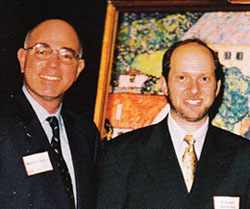  |
| Schoenberg, right, with former USC Law Dean Matthew Spitzer '77 at a fete celebrating Schoenberg's groundbreaking victory in the Altmann case. |
For his part, Schoenberg says he has knowledge of a lot of areas related to art law, but never considered himself an art lawyer.
“I just happened to get a lot of cases in the art field,” he said, and he’s conveyed the distinction to students.
“Prof. Schoenberg always says that there’s no such thing as art law; it’s a hodgepodge of everything you can think of: intellectual property, tax, copyright, etc., a combination of all the topics we learn in the first year of law school,” Mishler said. “’Art law’ just deals with cases that happen to involve art, which makes it more interesting to an art history major like me.”
One of the most interesting cases highlighted in class was the historic and headline-making Klimt case litigated by Schoenberg himself. Schoenberg used the case to illustrate his session on auctions, playing for the class a 30-minute video of the auction for one of the Klimt paintings, which fetched a record-setting $135 million. The students were riveted as they watched the bids grow larger and larger.
“It totally changed the way I think about auctions,” Mishler said. “There were people sitting in the room making bids that went up by a million dollars each time. It was really interesting to think about who these people are and the games and strategies that go into an art auction like that.”
Tapping into his network of the Los Angeles art law world, Schoenberg brought in guest speakers with expertise outside of litigation: Fred Goldstein, vice president and general counsel of the L.A. County Museum of Art; and Steve Thomas, a top transaction lawyer and adjunct professor at UCLA.
“I’m trying to take advantage of the resources we have in L.A.,” Schoenberg said. “L.A. is increasingly an art destination and there’s more and more work for lawyers in that area, and hopefully our students can find some of that work after they graduate. But it takes a bit of luck because it’s such a small field, and you have to have the right knowledge and personality to practice it.”












